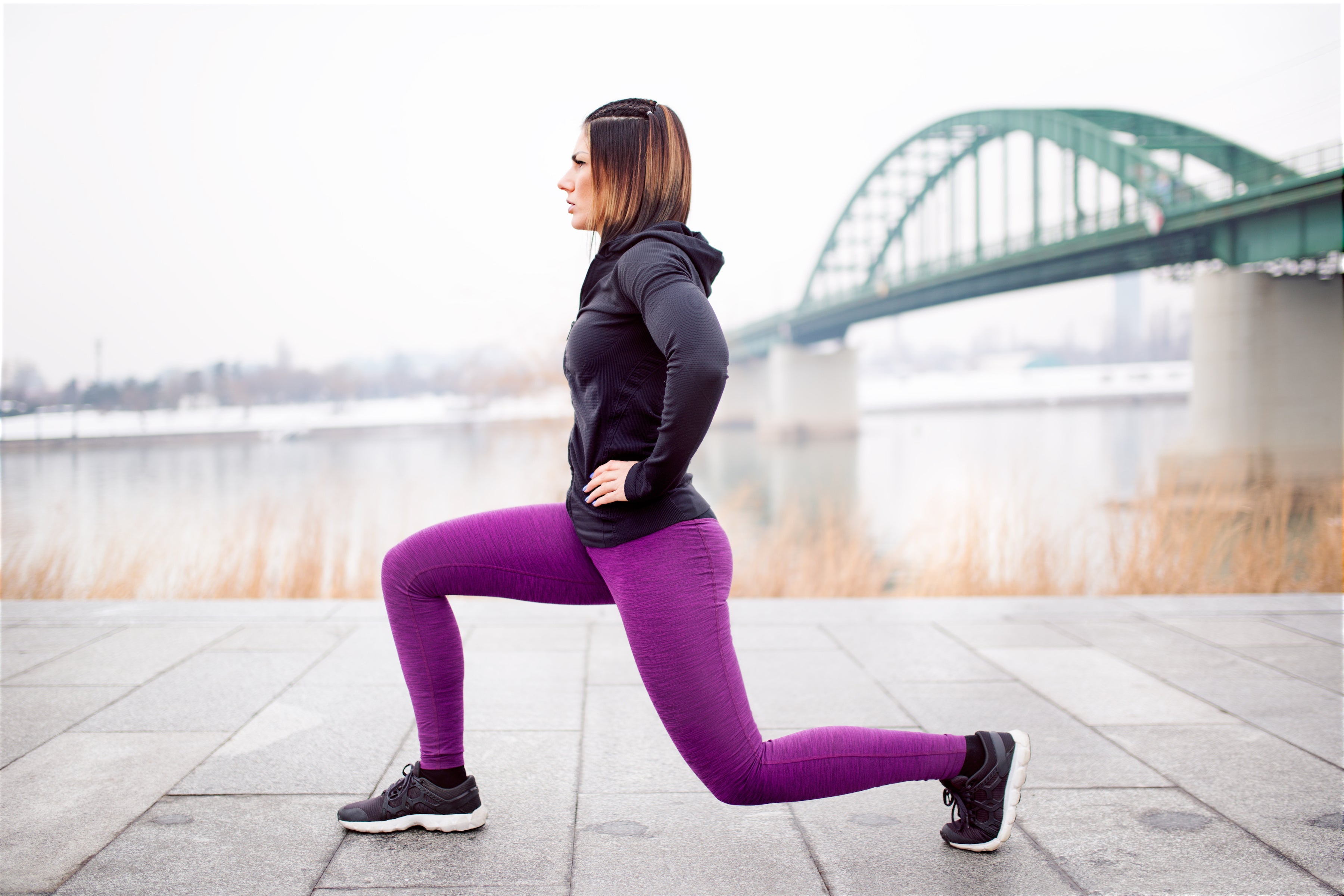What's the split squat all about?
The split squat is any variety of squats where one leg is plated further forward than the other. The most common variations are the traditional split squat and the Bulgarian split squat. It is different from a lunge in that both legs stay planted during the set instead of one moving forward and back. A split squat is a compound leg exercise that works multiple muscles in your lower body, including your glutes, hip flexors, hamstrings, quadriceps as well as stabilizers in your core.
What are the advantages of using split squats?
- Split squat is easier to overload / increase intensity - The static foot positioning of a split squat means they can handle progressive overload better and more safely than other glute exercises. Simply said, you will get the strength effects of training more easily.
- Stable and safe - Split squats require less coordination and stabilization than the lunge, as the feet don’t have to move until the end of the set.
- Better for functional training and athletic development - By keeping a static split position, you will be able to generate more explosive power by driving more weight through your working leg. This can translate to better strength and power performance.
- Uses more muscle groups - Split squats use more muscle groups than traditional squats because of the split stance.
What are some other health benefits of split squats?
- Split squats are great for balance.
- Bulgarian split squats are a great variation that has more range of motion for greater muscle development as well as mobility training.
- As a unilateral move, it helps you build up strength and stability one leg at a time, which is excellent for addressing weaknesses in one limb or asymmetries.
How to perform a split squat
- Start in a hip width stance
- If you plan to hold any weights, make sure you are holding them securely
- Separate your feet front and back just enough so that both knees can reach a 90 degree bend at the same time on your way down.
- Flex your knees and lower your hips, until the back knee is just above the floor or gently touching the floor.
- Stand back up and return to the starting position by driving both feet into the ground.
- Make sure to keep your core braced and spine straight.
- Repeat this movement for as many reps as recommended and then switch legs.
How can you modify a split squat to make it easier?
- One way to make it easier for beginners is starting with bodyweight only or not elevating the back leg.
- You can also make it easier by putting a pad or pillow between your legs for the back knee to tap, lessening the range of motion.
- You can make it easier by holding on to a suspension trainer like a TRX or a strong resistance band
How about making it more challenging?
- You can even make it more challenging by elevating one or both feet by standing on steps or yoga bricks.
- You can increase intensity by holding onto weights or resistance bands.
What are some common mistakes to avoid when performing split squats?
- Feet not properly spaced. Your feet should remain parallel and about a hip-width distance or slightly wider. Be careful not to have one foot directly behind the other (two narrow). Think of your feet as being on two hip-width train tracks, rather than on a single tightrope.
- Overloading the rear leg or leaning back. The majority of the load in a split squat should be felt in the front leg. If your back leg is working too hard, you may need to adjust your stance or shift your weight forward.
- Coming up onto the toes. If you feel yourself coming up onto the ball of the foot in your front leg, your stance may be too narrow. Reset and try shifting your front foot a little further in front of you.
